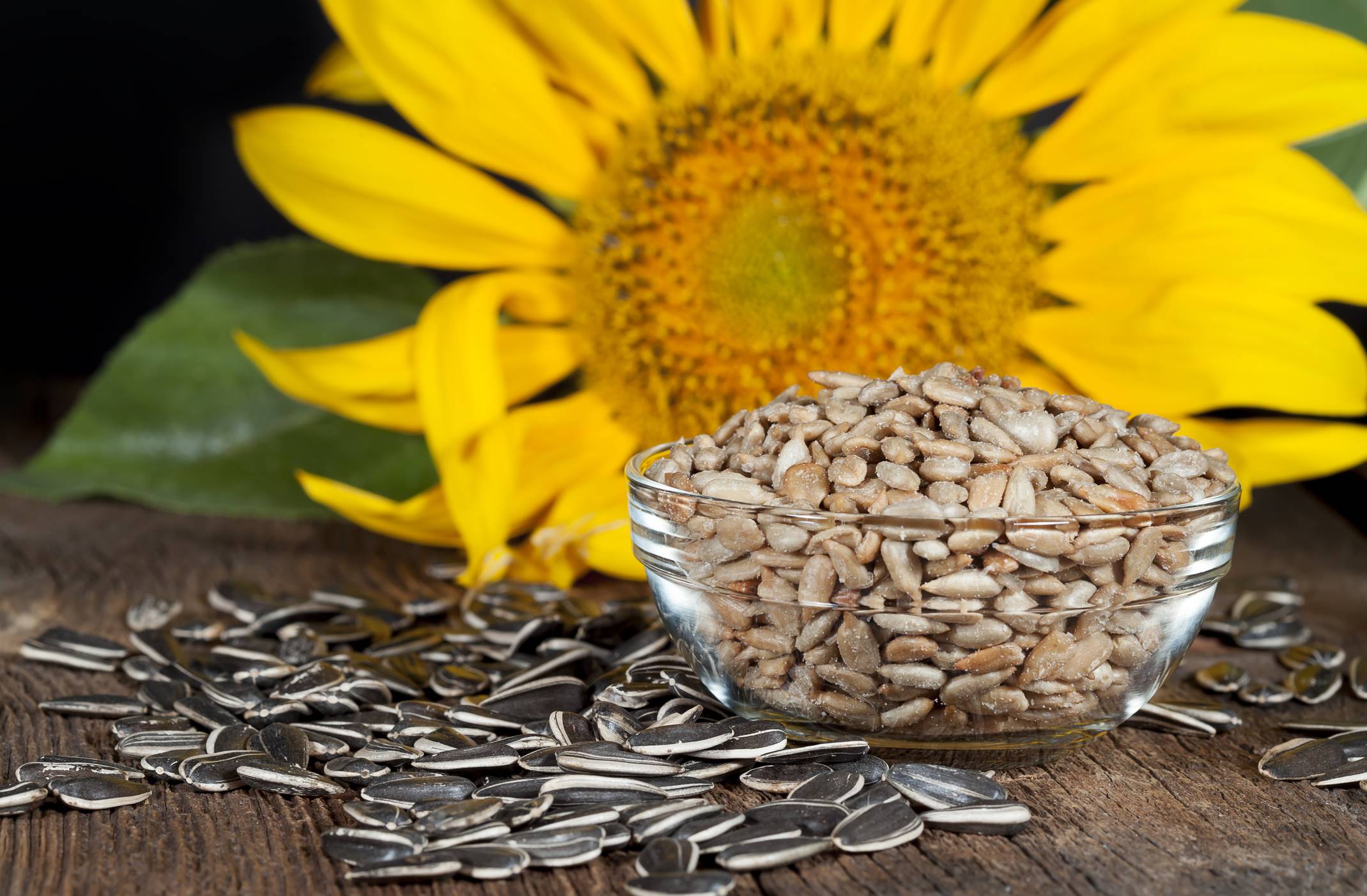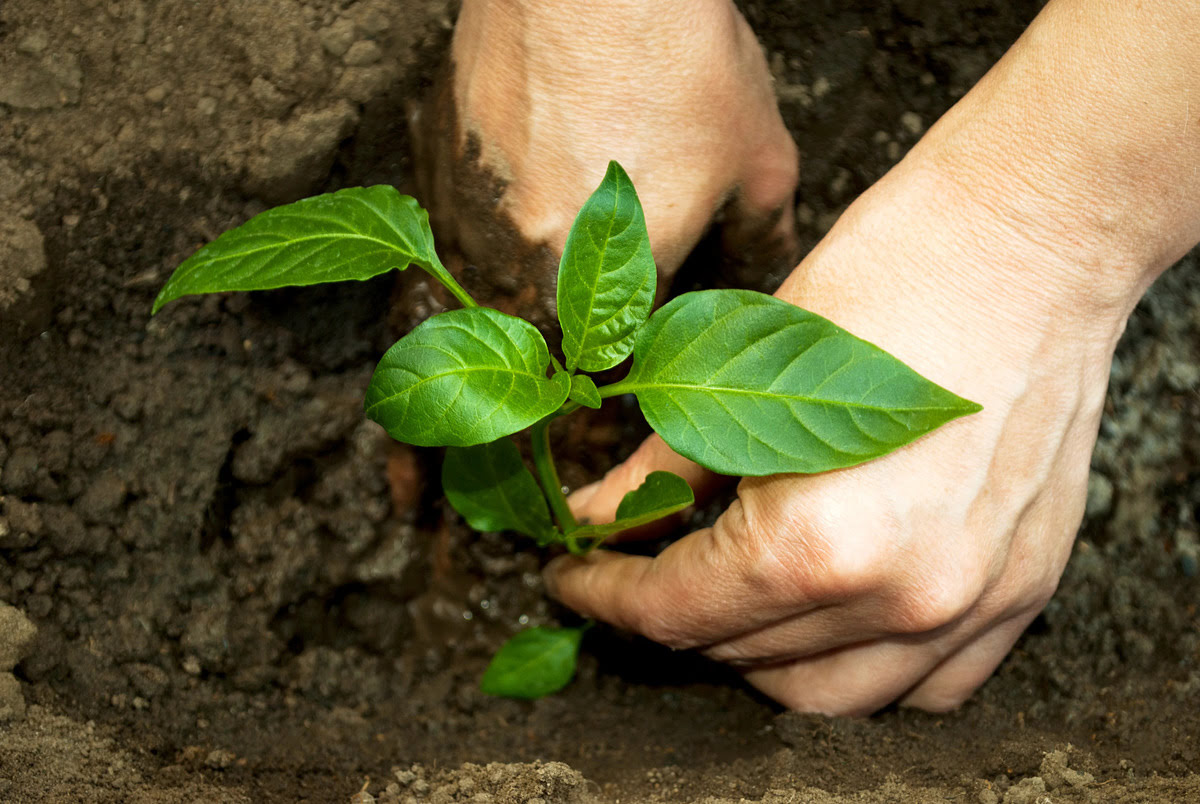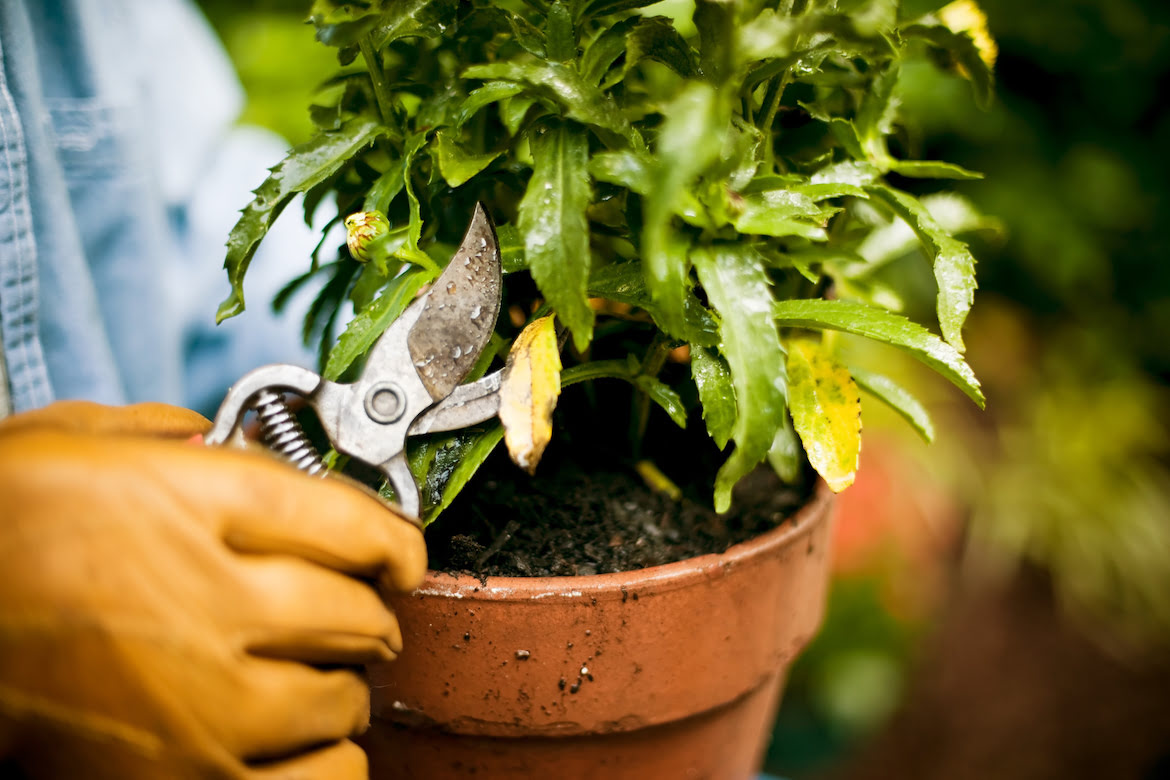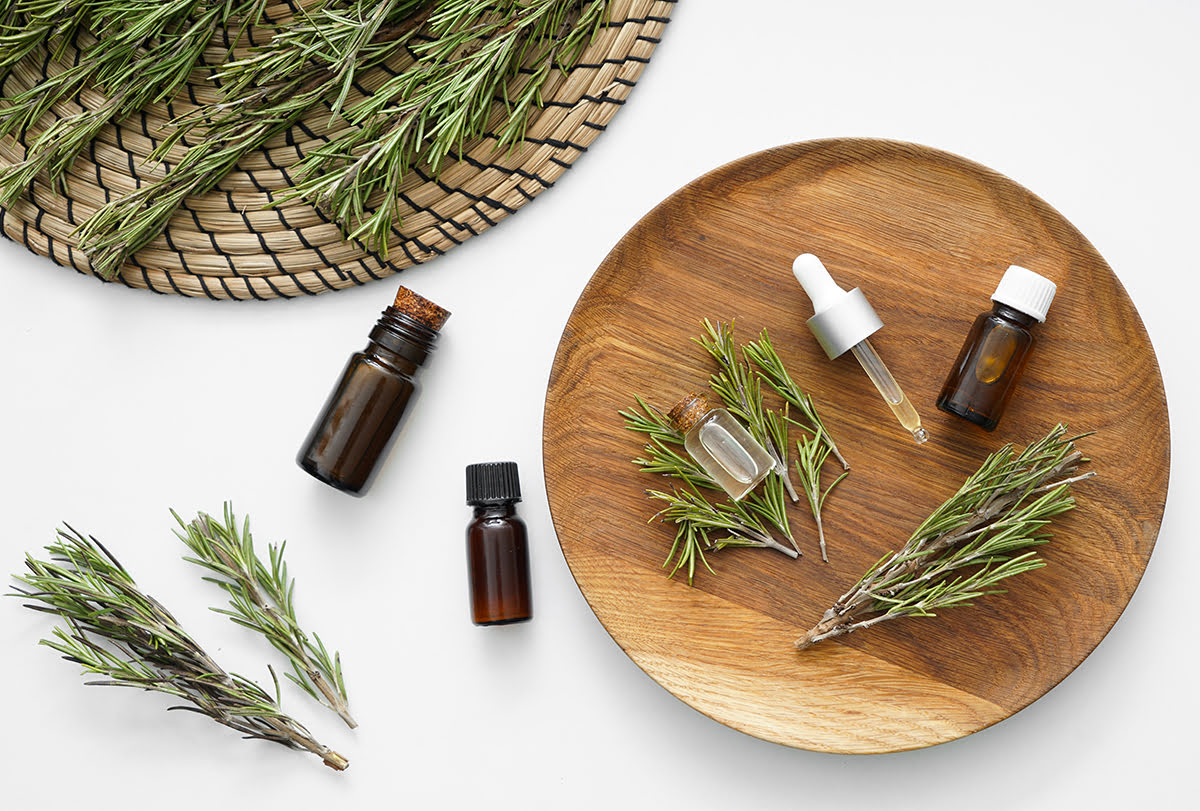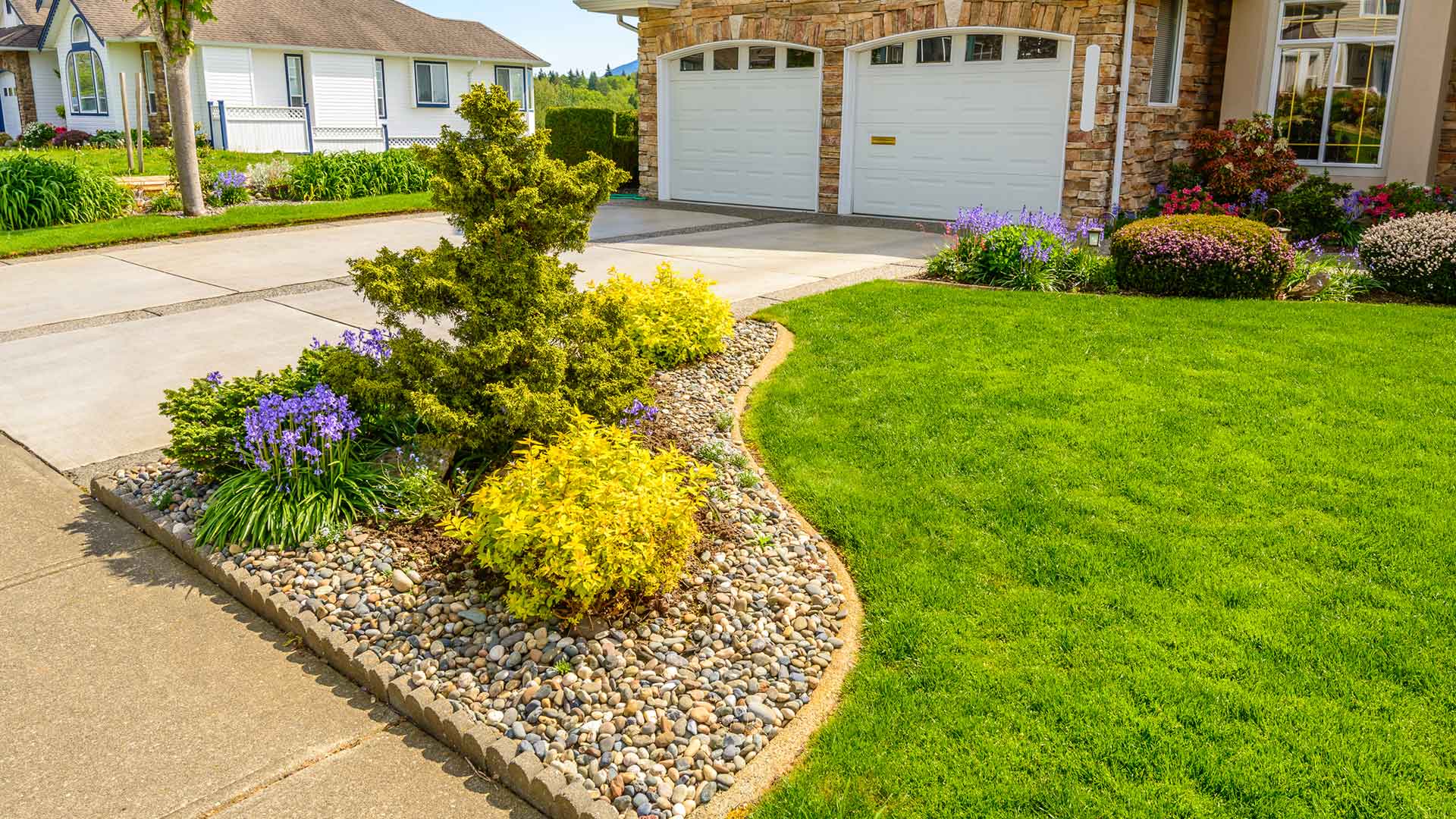Home>Types of Gardening>Ornamental Gardening>When Should I Start Sunflowers Indoors


Ornamental Gardening
When Should I Start Sunflowers Indoors
Modified: January 22, 2024
Learn the best time for starting sunflowers indoors in your ornamental garden. Discover tips and tricks for successful sunflower cultivation.
(Many of the links in this article redirect to a specific reviewed product. Your purchase of these products through affiliate links helps to generate commission for Chicagolandgardening.com, at no extra cost. Learn more)
Table of Contents
- Introduction
- Benefits of Starting Sunflowers Indoors
- Considerations for Starting Sunflowers Indoors
- Ideal Time to Start Sunflowers Indoors
- Step-by-Step Guide for Starting Sunflowers Indoors
- Transferring Sunflowers from Indoors to Outdoors
- Common Mistakes to Avoid when Starting Sunflowers Indoors
- Conclusion
Introduction
Welcome to the world of ornamental gardening, where you can create a stunning and vibrant display of nature’s beauty right in your own backyard. One of the best ways to add a splash of color and charm to your garden is by growing sunflowers. These majestic and cheerful flowers are known for their tall stems, large and colorful blooms, and the ability to brighten up any space.
While sunflowers can be directly sown outdoors, starting them indoors can give you a head start, resulting in healthier and stronger plants. In this article, we will explore the benefits of starting sunflowers indoors, the considerations to keep in mind, the ideal time to start, and a step-by-step guide for successfully growing sunflowers indoors.
Starting sunflowers indoors not only allows you to germinate the seeds earlier, but it also provides a controlled environment for optimal growth. By controlling factors such as temperature, humidity, and light, you can ensure that your sunflowers have the best possible start to their journey.
Another advantage of starting sunflowers indoors is the ability to extend the growing season. In regions with shorter summers, starting sunflowers indoors can help you enjoy their vibrant blooms for a longer period of time. Additionally, starting sunflowers indoors also protects them from harsh weather conditions, pests, and diseases that could hinder their growth outdoors.
Moreover, starting sunflowers indoors gives you the opportunity to experiment with different varieties and colors. There is a wide range of sunflower cultivars available, each with its own unique characteristics and beauty. By starting them indoors, you can select the varieties that best suit your preferences and design theme.
Now that we understand the benefits of starting sunflowers indoors, let’s delve into the considerations you need to keep in mind before setting up your indoor sunflower garden.
Benefits of Starting Sunflowers Indoors
Starting sunflowers indoors offers several advantages that can contribute to the success and beauty of your garden. Here are some key benefits to consider:
- Earlier Germination: By starting sunflowers indoors, you can germinate the seeds earlier, giving them a head start and allowing for a longer growing season. This means you can enjoy the vibrant blooms of sunflowers for a more extended period of time.
- Controlled Environment: Indoor gardening provides a controlled environment, allowing you to create optimal conditions for your sunflowers. You can regulate factors such as temperature, humidity, and light, ensuring that your plants thrive and grow strong.
- Protection from Harsh Weather Conditions: Starting sunflowers indoors protects them from unpredictable weather conditions, including late frosts or heavy rains. This can help prevent damage to the plants and ensure their survival.
- Prevention of Pest and Disease Damage: Indoor gardening reduces the risk of pests and diseases attacking your sunflowers. By keeping them indoors, you can monitor and control any potential infestations, helping your plants stay healthy and pest-free.
- Flexibility in Choosing Varieties: Starting sunflowers indoors allows you to have a wider selection of sunflower varieties to choose from. With countless cultivars available, you can experiment with different colors, sizes, and shapes to create a diverse and visually stunning garden.
- Transplant Success: When you start sunflowers indoors, you have the opportunity to nurture them during their early stages of growth, ensuring they establish strong root systems. This increases the chances of successful transplantation and promotes healthier overall plant development.
By starting sunflowers indoors, you have the power to optimize their growth, protect them from external threats, and enjoy a wider range of sunflower varieties. Now, let’s explore the considerations to keep in mind when embarking on your indoor sunflower gardening adventure.
Considerations for Starting Sunflowers Indoors
While starting sunflowers indoors can be a rewarding experience, there are several considerations to keep in mind to ensure successful growth. Here are some important factors to consider:
- Space: Sunflowers require adequate space to grow, both vertically and horizontally. Make sure you have enough room for the containers or pots, as well as sufficient headspace for the plants to reach their full height. If space is limited, consider dwarf or compact varieties.
- Light: Sunflowers are known for their love of sunlight, so it is crucial to provide them with ample light. Place your containers near a south-facing window or use grow lights to supplement natural light. Aim for at least six to eight hours of direct sunlight or artificial light per day.
- Temperature: Sunflowers thrive in warm temperatures. The ideal temperature range for their growth is between 70°F to 75°F (21°C to 24°C). Monitor the temperature in your indoor gardening space and make adjustments as needed to create a favorable environment.
- Soil and Drainage: Use a well-draining potting mix that retains moisture without becoming waterlogged. Ensure that your containers have adequate drainage holes to prevent water from accumulating at the bottom, which can lead to root rot and other problems.
- Watering: Sunflowers need regular watering, but overwatering can be detrimental. Allow the top inch of soil to dry out before watering again. Be careful not to waterlog the soil, as this can cause the roots to rot. Use a watering can or spray bottle to provide a gentle and even water supply.
- Fertilization: Sunflowers are relatively low-maintenance when it comes to fertilization. Start with a balanced fertilizer at half strength, applied every two to three weeks. Monitor the plant’s response and adjust accordingly. Avoid over-fertilizing, as it can lead to excessive foliage growth with fewer blooms.
- Transplant Timing: Sunflowers are sensitive to transplant shock, so it’s important to time the process carefully. Wait until the risk of frost has passed and the soil has warmed up before transplanting your sunflowers outdoors. This is typically around two to three weeks after the last frost date in your area.
By considering these factors, you can create an optimal environment for your sunflowers and set them up for healthy growth. Now, let’s explore the ideal time to start sunflowers indoors.
Ideal Time to Start Sunflowers Indoors
The timing of starting sunflowers indoors is crucial for their successful growth and development. It’s important to consider both the local climate and the specific requirements of the sunflower variety you are planting. Here are some general guidelines regarding the ideal time to start sunflowers indoors:
- Last Frost Date: Determine the estimated date of the last frost in your area. This information can typically be found through local gardening resources or online. It’s crucial to wait until after the last frost date to avoid exposing your young sunflower plants to potential cold damage.
- Growth Rate: Consider the growth rate of the sunflower variety you have chosen. Some varieties have faster growth rates, while others take longer to mature. Adjust your starting time accordingly to ensure that your sunflowers are ready for transplantation outdoors at the appropriate stage of growth.
- Indoor Timeframe: As a general rule of thumb, start sunflowers indoors about 4-6 weeks before the expected last frost date. This allows sufficient time for the seeds to germinate, establish a healthy root system, and develop their first set of leaves before being transferred outdoors.
- Days to Maturity: Take into account the days to maturity listed on the seed packet or variety description. This information indicates the approximate time it takes for the sunflowers to reach full bloom from the date of germination. Add this duration to your chosen starting timeframe to estimate when your sunflowers will be in full bloom.
Remember that sunflowers are sun-loving plants and require long hours of direct sunlight to thrive. Take advantage of the longer days and increased sunlight during the spring and summer months to provide optimal growing conditions for your sunflowers.
By starting your sunflowers indoors at the right time, you can ensure that they develop strong and healthy roots, withstand any potential late frosts, and are ready to thrive when transplanted outdoors. Now, let’s move on to the practical steps involved in starting sunflowers indoors.
Step-by-Step Guide for Starting Sunflowers Indoors
Starting sunflowers indoors is a rewarding and relatively straightforward process. Follow this step-by-step guide to ensure successful growth and vibrant blooms:
- Choose your sunflower variety: Select the sunflower variety that best suits your preferences and gardening space. Consider factors such as height, color, and growth habit.
- Gather your supplies: Gather all the necessary supplies, including seed starting trays, seed starting mix, sunflower seeds, labels, a watering can or spray bottle, and a warm, well-lit area for germination.
- Prepare the seed starting trays: Fill the seed starting trays with a good-quality seed starting mix, leaving a 1/4-inch space at the top. Moisten the mix with water until it is evenly damp but not soggy.
- Sow the sunflower seeds: Plant one or two sunflower seeds in each cell or container, pushing them about 1 inch deep into the soil. Space the seeds according to the recommended distance for the chosen variety.
- Label and cover the trays: Label each tray with the sunflower variety and the date of planting. Cover the trays with plastic domes or plastic wrap to create a greenhouse-like environment that retains moisture.
- Provide optimal conditions: Place the trays in a warm location that receives plenty of light, preferably near a south-facing window or under grow lights. Maintain the temperature around 70°F to 75°F (21°C to 24°C) for optimal germination.
- Water regularly: Keep the soil evenly moist but not overly saturated. Use a watering can or spray bottle to avoid disturbing the seeds. Check the moisture level daily and water as needed.
- Remove the cover after germination: Once the sunflower seedlings emerge, remove the plastic cover to allow for air circulation and prevent dampness that can lead to mold or disease.
- Monitor growth and thin as necessary: As the seedlings grow, monitor their progress and thin out any weaker or overcrowded plants. This allows the remaining seedlings to have adequate space and resources to flourish.
- Transplant seedlings: When the threat of frost has passed and the seedlings have developed their second set of true leaves, they are ready to be transplanted outdoors. Harden off the seedlings by gradually exposing them to outdoor conditions before planting them in their final location.
By following these steps, you can successfully start sunflowers indoors and enjoy the beauty of these magnificent plants in your garden. However, there are a few more considerations to keep in mind when transferring sunflowers from indoors to outdoors, which we will explore in the next section.
Transferring Sunflowers from Indoors to Outdoors
Transferring your sunflowers from indoors to outdoors is a critical step in their growth journey. It’s important to take proper care during this transition to ensure the survival and continued development of your sunflowers. Follow these steps to successfully transfer your sunflowers:
- Choose the right time: Wait until all danger of frost has passed and the soil has warmed up before transplanting your sunflowers outdoors. This is typically around two to three weeks after the last frost date in your area.
- Prepare the planting area: Select a location in your garden that receives full sun and has well-draining soil. Sunflowers thrive in fertile soil, so amend the planting area with organic matter like compost or well-rotted manure.
- Harden off the seedlings: Gradually acclimate your sunflower seedlings to outdoor conditions over a period of 7-10 days. Start by placing them outdoors for a few hours in a sheltered location, gradually increasing exposure to direct sunlight and longer durations each day.
- Choose the right spacing: Sunflowers require adequate space to grow and flourish. Refer to the specific spacing requirements for your chosen sunflower variety, which can vary depending on their size and growth habit.
- Dig the planting holes: Dig holes that are slightly wider and deeper than the root ball of each sunflower seedling. Spacing the holes according to the recommended distance ensures proper air circulation and prevents overcrowding.
- Transplant the seedlings: Gently remove the sunflower seedlings from their containers, being careful not to damage the roots. Place each seedling in its respective hole, ensuring that the top of the root ball is level with or slightly above the soil surface.
- Backfill and water: Fill the hole with soil, gently firming it around the base of the seedling. Water thoroughly to settle the soil and provide moisture for the newly transplanted sunflowers.
- Provide support: Depending on the variety and ultimate height of your sunflowers, consider providing support such as stakes or trellises. This will help prevent the stems from toppling over during windy conditions or when the flowers become heavy.
- Maintain proper care: Keep the soil consistently moist, but be cautious not to overwater. Water deeply and allow the soil to dry out slightly between waterings. Apply a layer of mulch around the sunflowers to help retain moisture and suppress weeds.
- Monitor and enjoy: Regularly monitor your transplanted sunflowers for any signs of stress, pests, or diseases. Enjoy watching them grow and develop their vibrant blooms, providing an eye-catching focal point in your garden.
By following these steps, you can successfully transfer your sunflowers from indoors to outdoors, allowing them to thrive and reach their full potential. However, there are some common mistakes to avoid when starting sunflowers indoors, which we will explore in the next section.
Common Mistakes to Avoid when Starting Sunflowers Indoors
Starting sunflowers indoors can be a rewarding experience, but it’s important to avoid common mistakes that could hinder the growth and health of your plants. Here are some common pitfalls to avoid when starting sunflowers indoors:
- Starting too early or too late: Timing is crucial when starting sunflowers indoors. Starting too early can result in leggy and weak plants, while starting too late may result in stunted growth or delayed blooms. Follow the recommended timeframe for your specific sunflower variety.
- Insufficient light: Sunflowers thrive in full sunlight, so it’s important to provide them with adequate light. Insufficient light can lead to weak stems, poor growth, and fewer blooms. Consider using grow lights if natural light is limited.
- Overwatering: Overwatering is a common mistake that can lead to root rot and other fungal diseases. Keep the soil moist but not waterlogged. Allow the top inch of soil to dry out before watering again.
- Using the wrong soil: Sunflowers require well-draining soil to prevent waterlogged roots. Choose a high-quality potting mix specifically designed for seed starting or make your own mix by combining peat moss, perlite, and compost.
- Underestimating the need for hardening off: Transferring sunflowers directly from indoors to outdoors can shock the plants and hinder their growth. Gradually acclimate them to outdoor conditions over a period of 7-10 days to help them adjust.
- Ignoring pest control: Indoor environments are generally less prone to pest infestations, but it’s still important to monitor your sunflowers for pests like aphids or spider mites. Take proactive measures to prevent and treat any insect issues.
- Skipping labeling: It’s easy to forget which sunflower variety you’ve planted, especially if you are starting multiple varieties. Labeling your trays or containers will help you keep track of each variety’s growth and characteristics.
- Transplanting too early: Transplanting sunflower seedlings too early can expose them to cold temperatures or frost, which can stunt their growth or even kill them. Wait until the last frost has passed and the soil has warmed up before transplanting.
- Neglecting proper spacing: Sunflowers require adequate space to grow and develop properly. Planting them too closely together can result in overcrowding, competition for resources, and stunted growth. Follow the recommended spacing guidelines for your chosen variety.
- Forgetting about maintenance: Once your sunflowers are transferred outdoors, they still require regular care. This includes watering, fertilizing, and monitoring for any signs of pests or diseases.
By avoiding these common mistakes, you can maximize the success of your sunflowers and enjoy a beautiful and thriving garden. Now that you are equipped with the knowledge to start sunflowers indoors, it’s time to put it into practice and enjoy the beauty and splendor these magnificent flowers bring to your landscape.
Conclusion
Starting sunflowers indoors is an excellent way to jumpstart their growth, extend the blooming period, and ensure optimal conditions for their development. By following the steps outlined in this guide and avoiding common mistakes, you can successfully nurture sunflower seedlings into beautiful and vibrant plants that will add a touch of natural beauty to your garden.
From the benefits of starting sunflowers indoors to the considerations to keep in mind, the ideal timing, and the step-by-step process, we have covered the essentials to help you get started on your indoor sunflower gardening journey. Remember to choose the right variety, provide ample light and proper watering, and maintain a favorable growing environment with the right temperature and soil conditions.
Transferring your sunflowers from indoors to outdoors requires careful planning and gradual acclimation, ensuring the survival and continued flourishing of your plants. Be mindful of the spacing, timing, and ongoing care needed for your sunflowers to thrive in their new outdoor home.
As you embark on your sunflower-growing adventure, embrace the joy and beauty that these magnificent flowers bring. Witnessing their growth from tiny seeds to towering stems adorned with bright, cheerful blooms is truly a rewarding experience.
So, gather your supplies, follow the steps outlined in this guide, and immerse yourself in the world of indoor sunflower gardening. Whether you’re new to the world of gardening or a seasoned enthusiast, these resilient and captivating flowers will surely bring delight and awe to your ornamental garden.
Enjoy the process, learn from your experiences, and revel in the beauty of your successful indoor sunflower cultivation. Get ready to bask in the warmth of the sun and the stunning display of color and life that sunflowers bring to your garden.



